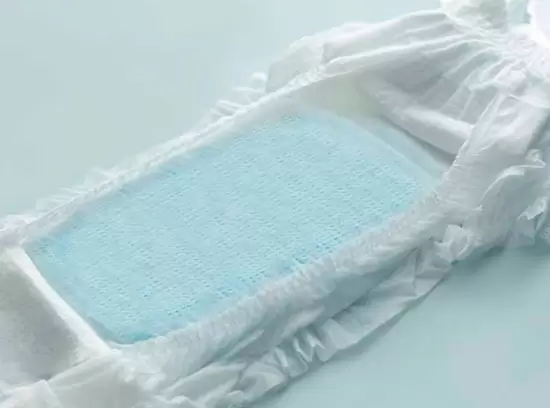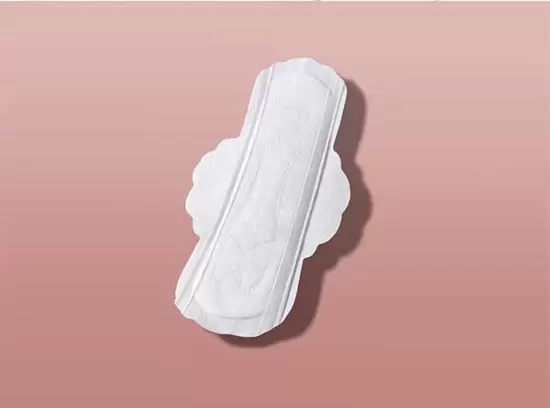Nonwoven and woven are two different types of materials used in textile manufacturing.
Woven fabrics are made by interlacing two or more threads or yarns at right angles to each other. The process of weaving creates a fabric with a distinct pattern of interlocking threads that gives it strength and durability. Woven fabrics are commonly used in apparel, upholstery, and home furnishings.
Nonwoven fabrics, on the other hand, are made by bonding or felting fibers together, rather than weaving or knitting them. Nonwoven fabrics can be made from natural fibers, such as cotton or wool, or synthetic fibers, such as polyester or nylon. The process of making nonwoven fabrics is typically faster and less expensive than weaving, and nonwoven fabrics can be designed to have specific properties, such as water resistance or breathability. Nonwoven fabrics are commonly used in medical products, filtration systems, and disposable items.
Overall, the choice between woven and nonwoven fabric depends on the specific application and desired properties of the material.
Woven vs Non Woven Interfacing
Woven interfacing and non-woven interfacing are two types of materials used in sewing to provide support and structure to fabrics.
Woven interfacing is made by weaving fibers together, creating a fabric-like material with a distinct grain. This type of interfacing is often used for lightweight to medium-weight fabrics, as it provides stability without adding too much bulk. Woven interfacing can be sewn onto the wrong side of the fabric using a machine or by hand.
Non-woven interfacing, on the other hand, is made by fusing fibers together with heat and pressure, rather than weaving them. This results in a material that is more like a paper or felt, without a distinct grain. Non-woven interfacing is often used for heavier fabrics, as it provides more structure and support. It can be sewn onto the wrong side of the fabric using a machine or by hand, but may need to be stabilized with pins or adhesive spray to prevent shifting during the sewing process.
Ultimately, the choice between woven and non-woven interfacing will depend on the specific fabric being used and the level of support needed. It’s always a good idea to test the interfacing on a small piece of fabric before beginning a larger project to ensure that it provides the desired results.
Purcotton is a reputable non-woven fabric manufacturer. We are a leading provider of high-quality spunlace non-woven fabric. Our state-of-the-art manufacturing facilities ensure that we produce premium products that meet the highest standards of quality and performance. Whether you need spunlace non-woven fabric for personal care products, medical applications, or other industries, Purcotton has the expertise and capabilities to fulfill your requirements. Trust us for exceptional non-woven fabric solutions. Contact Purcotton today to discuss your specific needs and let us exceed your expectations.













